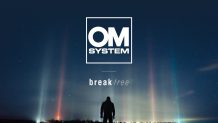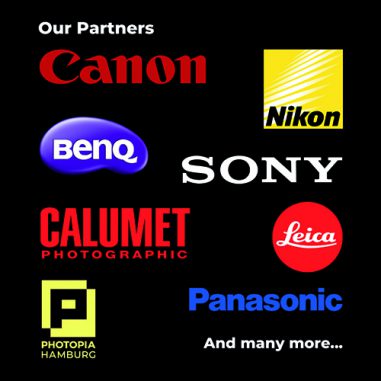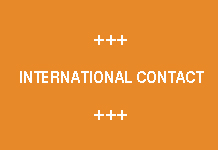During the two years since its launch, XMF has been installed in hundreds of print companies throughout Europe, with nearly all seeing a significant improvement in productivity, as well as a raft of other benefits. This is down to XMF’s ability to natively handle PDFs without file conversion, together with efficiencies gained through XMF’s unique architecture. This is benefiting traditional offset production, but more importantly is helping printers improve productivity through their digital production facilities, where speed and automation is far more critical.
But with many digital presses now supplementing offset litho presses, the need for speed and automation is often at odds with the requirement for a workflow to be able to cope with the complexities of traditional print processes. These challenges are becoming more and more difficult to manage with multiple RIP technologies, hence Fujifilm’s ‘Pure PDF’ approach with XMF.
John Davies, business strategy manager, workflow, Fujifilm Europe GmbH, explains: “In today’s tough economic climate, printers need to be examining how and where they can make efficiency savings and an investment in a future-proof workflow is a great place to start. Fujifilm’s workflow strategy is built around the PDF and the APPE and we share Adobe’s vision of where it is taking this technology. We were the first company to introduce a workflow based on the APPE and remain the only vendor with a workflow built solely on the APPE. Many other systems still make use of CPSI technology somewhere in the workflow, and the combination of these two technologies is increasingly becoming a disadvantage for print production.”
XMF is unique in being built from the ground up around JDF and the Adobe PDF Print Engine. With Fujifilm’s image processing, imposition and intelligent automation technologies built-in, XMF improves the control of quality across multiple print processes, increasing efficiency and productivity, ensuring colour consistency and optimising print production.





